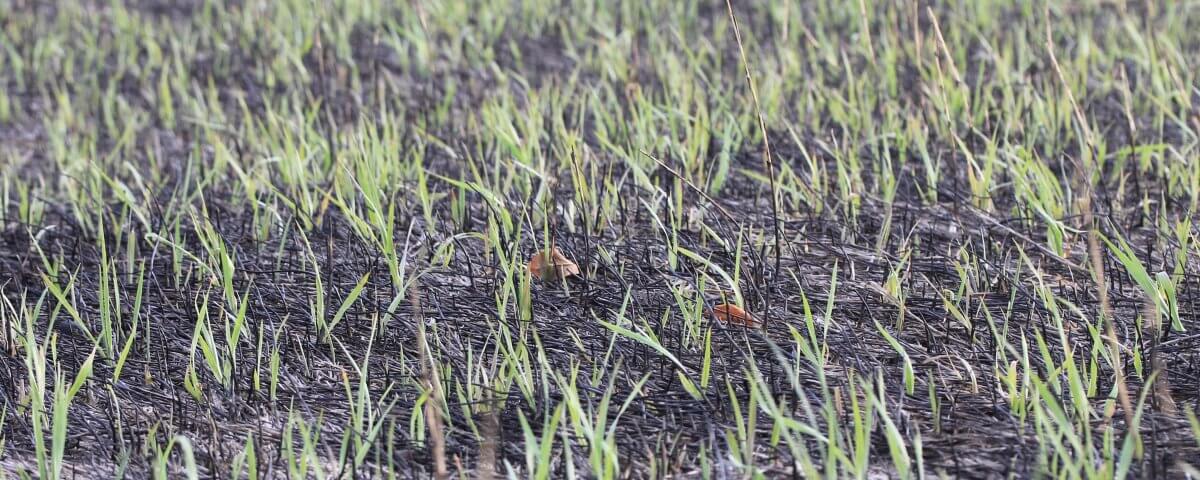Embodying Hope: Becoming Active Participants in our Future

Protecting Vulnerable Habitat: The Critical Areas Ordinance
August 30, 2021
A Climate Action Plan for the Methow!
September 22, 2021By Jasmine Minbashian, Executive Director
Hope—It surprises me every time I hear the word pop up in my head. “What are you doing there? I ask, “Shouldn’t you be hiding, cowering away from a mass of contrary evidence that wants to snuff you out?” But there it is, springing up again–like grass shoots after a fire–telling me to pay attention, to notice that I contain energy and agency.
By many metrics this summer has weighed me down. I’ve felt it in my inflamed lungs, and the urgency I’ve brought to my work. I’ve heard it frequently from members, friends, and people I pass on the street: “I’m tired”; “I’m scared for our future”; “I feel like I have no control.” Despair. Isolation. Hopelessness. All the emotions that should follow a season where drought, heat, fire, and smoke have surrounded us. Yet somehow, hope keeps sneaking in, wagging its tail, jumping and scratching the door like an expectant puppy. I can’t figure out why it keeps coming back.
This summer we have seen climate change arrive. Right here. Right now. First there was the dry spring—one of the lowest rainfalls on record in March through May. Then there was the heat dome—oppressive and unprecedented in when it arrived, how hot it was, and how long it lasted. Finally, of course, the fires, flanking the length of the upper Valley and suffocating us with its smoke. It is enough to make us uncertain of a viable future.
In their book Active Hope: How to Face the Mess We’re in without Going Crazy, philosopher Joanna Macy and physician Chris Johnstone distinguish between passive and active hope. Passive hope “waits for external agencies to bring about what we desire.” Active hope “is about becoming active participants in bringing about what we hope for. Active hope is a practice like tai chi or gardening, it is something we do rather than have.”
As our skies clear and we settle into the colorful days of fall, this is the definition of hope that pushes into my mind. I know we have a daunting future ahead of us. I also know we can work actively in our own ways to change that future. The 6th Intergovernmental Panel on Climate Change (IPCC) report summarizes it plainly: “Climate change is widespread, rapid and intensifying” but “strong and sustained reductions in emissions…can limit climate change”
We’re going to see change. How much change is up to us.

MVCC will be hosting a book club reading of “Active Hope” later this fall. Click on the picture to sign up.
I know the Methow Valley in 2040 will look different: drier, longer summers, shorter winters, intense storms. I carry hope that the human communities living on it will also look different: bike trails and public transportation linking towns, electric cars and charging stations, water conservation and storage, locally-generated green energy production to augment our hydropower, firewise communities, concentrated development in towns, highly efficient homes, and an equitable and collaborative culture of reusing, repairing and helping each other.
The journey from here to there is not linear or mandated. It is collaborative and cooperative. It is a groundswell of action touching every facet of our community from what we buy, to what we teach, to how we farm, to what we invest in. As of the writing of this letter we now have a plan—The Methow Valley Climate Action Plan—a collaborative process that took two years and thousands of volunteer hours to create. The plan–launching publicly next week–sets before us where we are, where we want to go and a myriad of strategies of how to get from point A to point B. It will require all of us working in our own way to contribute to its success.
For our future,



